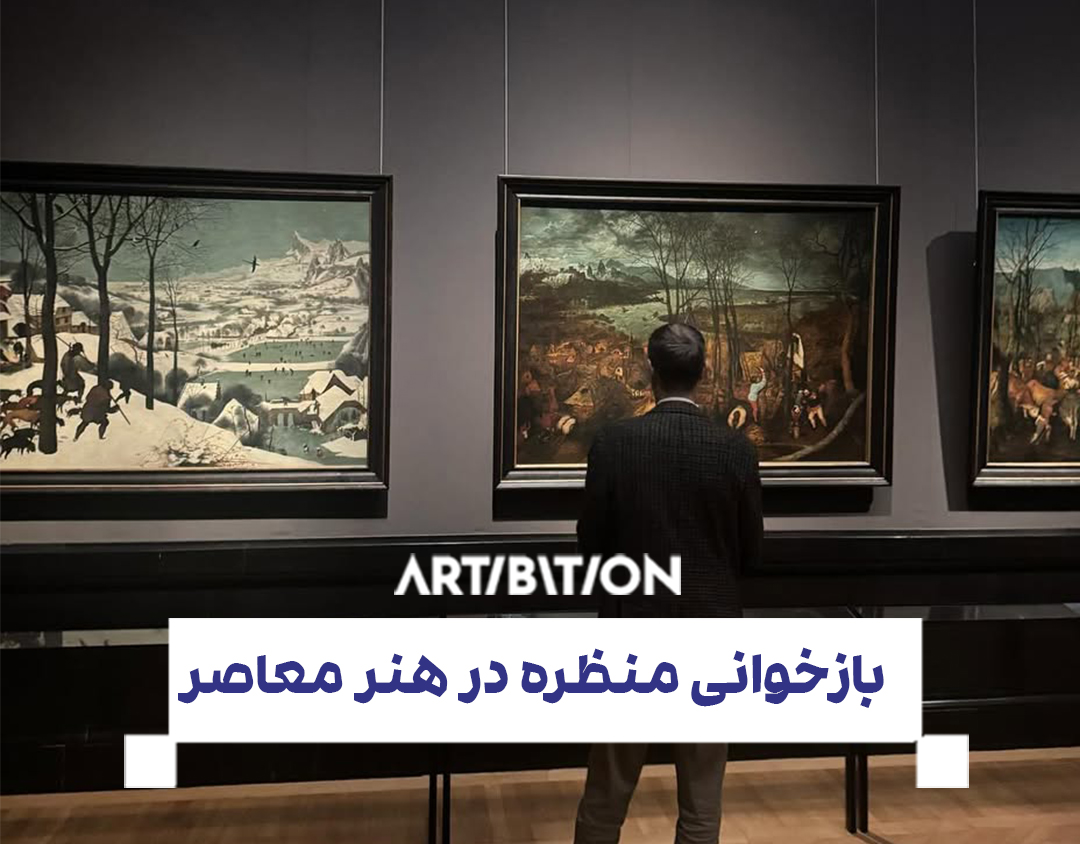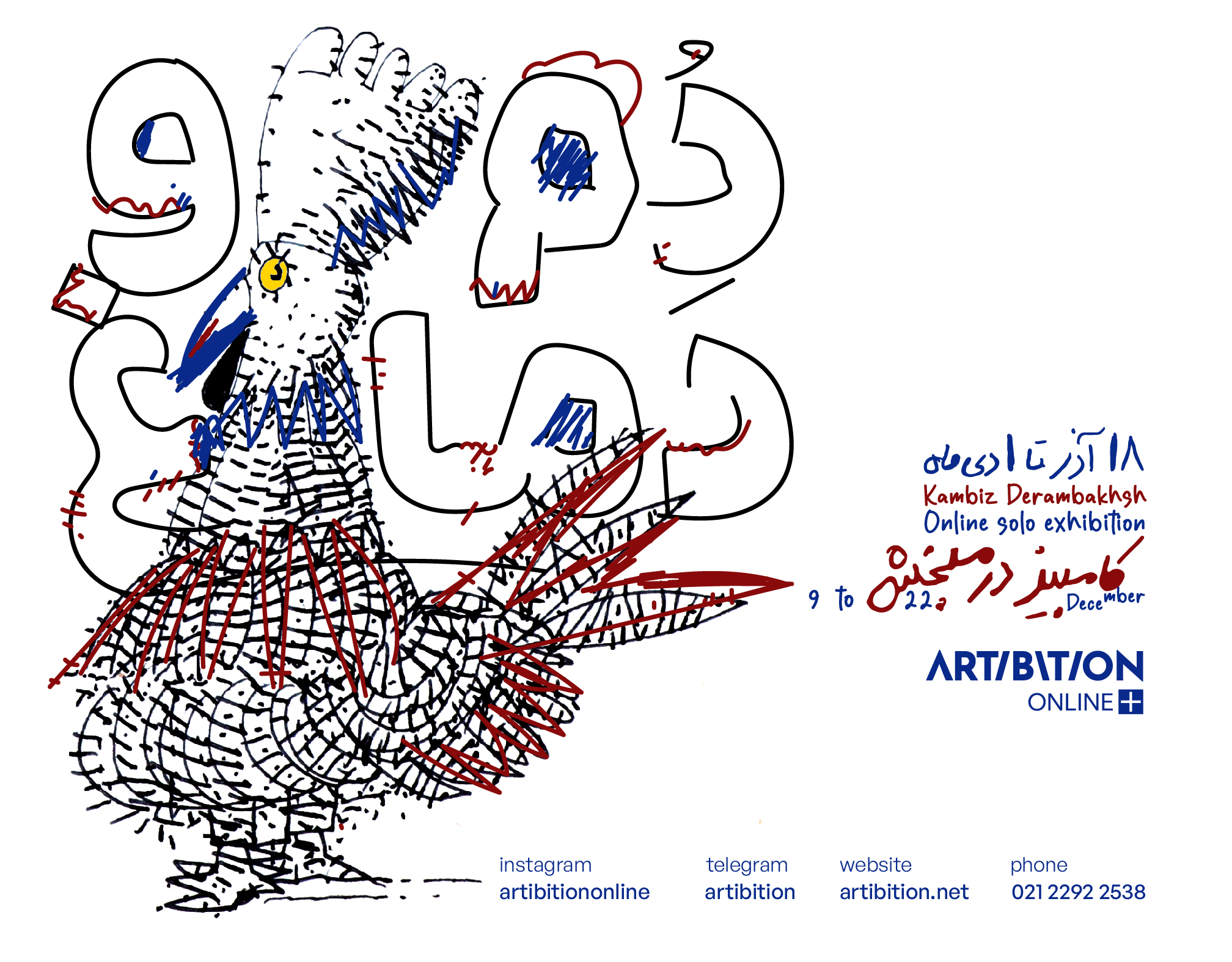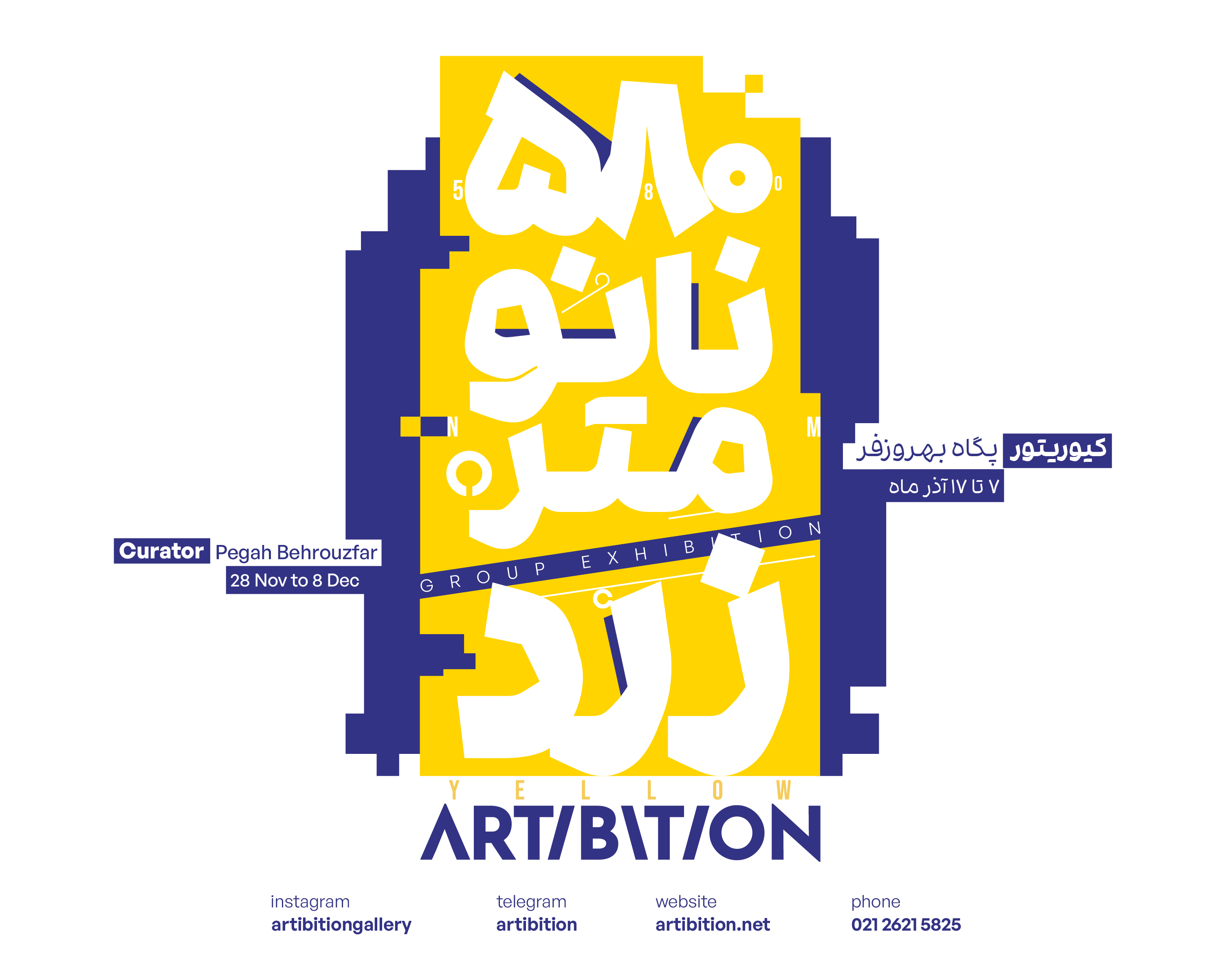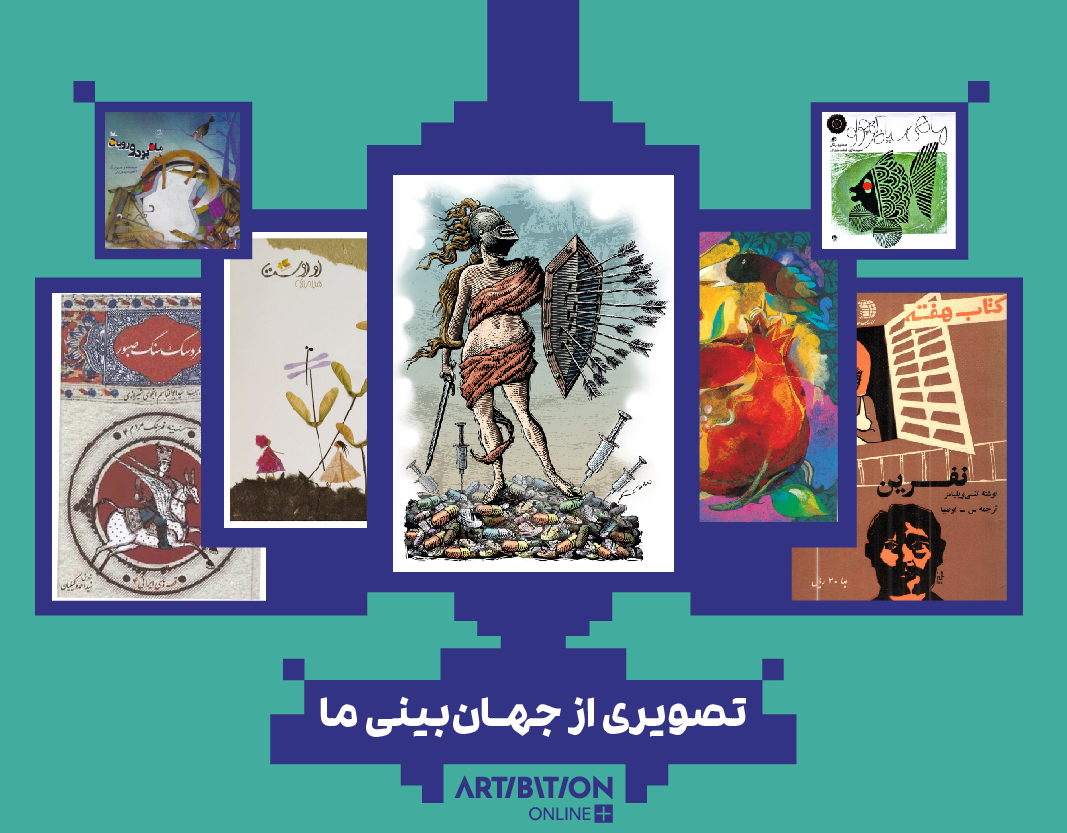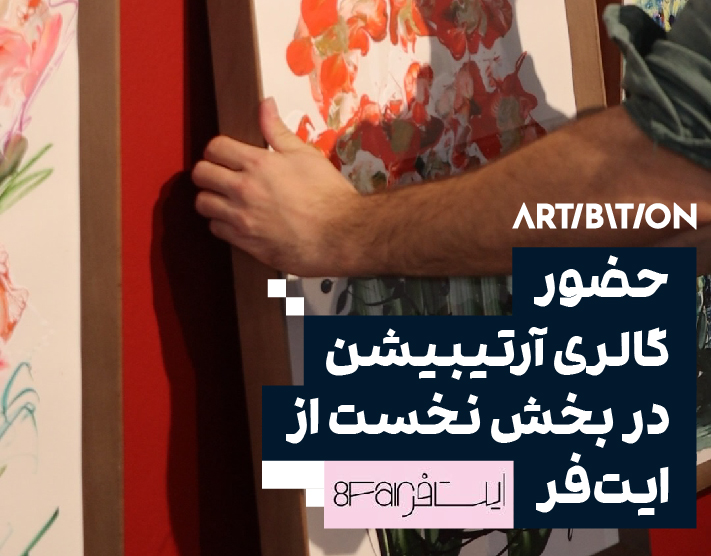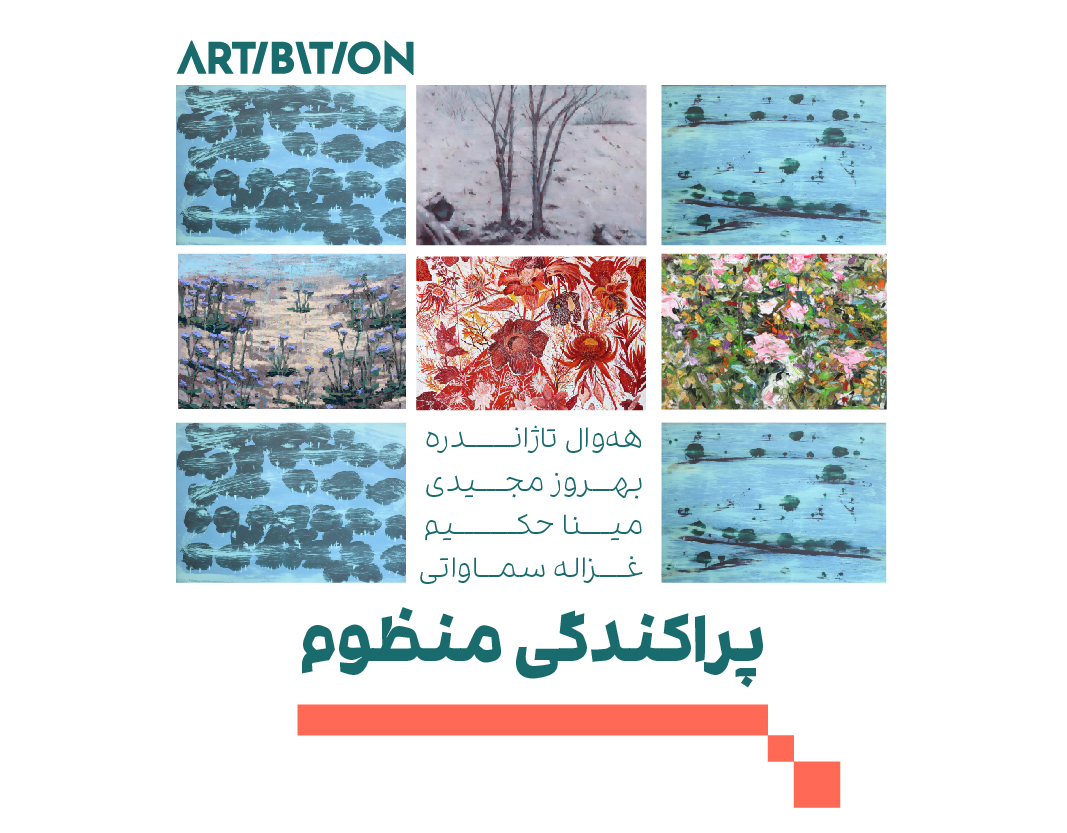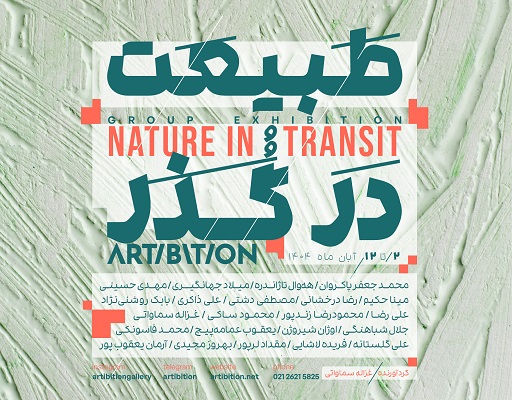
Shahrzad Royaee
December 10, 2025
The solo exhibition of Arman Yaghoobpour, titled In the Color of the Sky, will open on Friday, December 12, at Artibition Gallery. The exhibition features a selection of natural landscapes characterized by a predominant use of blue. Arman Yaghoobpour is a landscape painter who has previously presented his works at Artibition Gallery on several occasions. In addition, the book Simplicity Is Beautiful, containing critical essays on Yaghoobpour’s art along with reproductions of all his works, written by Hossein Ganji, was published in 2023 by Talaar Art Publishing.

